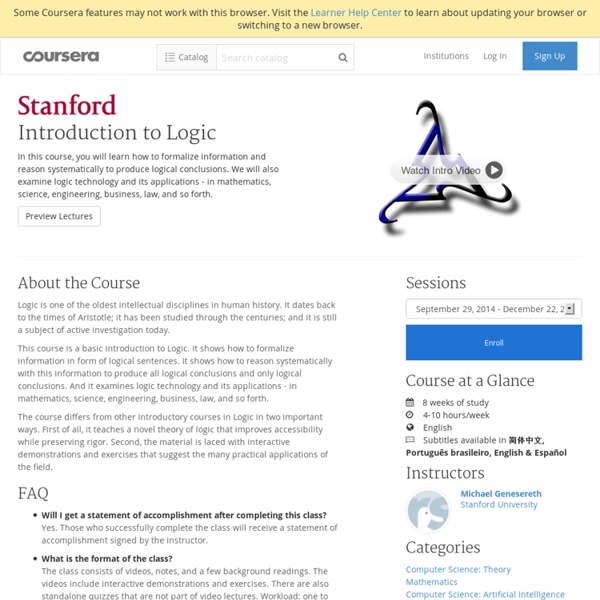



8.02x: Electricity and Magnetism (Spring 2013) *Note - This is an Archived course* This is a past/archived course. At this time, you can only explore this course in a self-paced fashion. 8.02 is the second semester of the MIT introductory physics sequence. In addition to the basic concepts of Electromagnetism, a vast variety of interesting topics are covered in this course including: Lightning, Electric Shock Treatment, Electrocardiograms, Metal Detectors, Musical Instruments, Magnetic Levitation, Bullet Trains, Electric Motors, Radios, TV, Car Coils, Superconductivity, Aurora Borealis, Rainbows, Radio Telescopes, Interferometers, Particle Accelerators such as the Large Hadron Collider, Mass Spectrometers, Red Sunsets, Blue Skies, Haloes around Sun and Moon, Color Perception, Doppler Effect, Big-Bang Cosmology. You will complete automatically graded weekly homework problems and a series of exams using multiple choice, numerical and symbolic questions to test your understanding and to help you master the material.
Visual Perception and the Brain About the Course The purpose of the course is to consider how what we see is generated by the visual system. In the 1960s and for the following few decades, it seemed all but certain that the rapidly growing body of information about the electrophysiological and anatomical properties of neurons in the primary visual pathway of experimental animals would reveal how the brain uses retinal stimuli to generate perceptions and appropriate visually guided behaviors. But despite the passage of more than fifty years, this expectation has not been met. Most concepts of vision propose, explicitly or implicitly, that successful visual behavior depends on recovering the sources of stimulus features either directly or by a process of statistical inference. Thus the objectives of the course are:- To introduce you to some fascinating perceptual phenomenology- To make you think about how this phenomenology can be explained- To make you consider what possible explanations imply about brain function 1. 2.
MITx 8.01x Classical Mechanics (Fall 2013) Skip to this view's content Please enter your e-mail address below, and we will e-mail instructions for setting a new password. Help For questions on course lectures, homework, tools, or materials for this course, post in the course discussion forum. Have general questions about edX? Have a question about something specific? Report a problem Make a suggestion Ask a question Please note: The edX support team is English speaking. Thank you for your inquiry or feedback. Course Updates & News Course Handouts
Scandinavian Film and Television About the Course Scandinavia is well known internationally for its welfare society, and part of this welfare society is a very developed cultural policy based on both the free market and public support. Scandinavia has a strong film and television culture with institutions and traditions created to secure creative diversity for both national, Scandinavian and global audiences. In many ways Scandinavian film and television is a global cultural brand, connected with and exporting some of the cultural and social values connected to a liberal and progressive welfare society. Dating back to the silent cinema era and through the birth of a modern film and television culture after 1945 Scandinavia has contributed significantly to our global cultural heritage. This course in Scandinavian Film and Television deals with the social, institutional and cultural background of film and television in Scandinavia and in a broader European and global context. Course Syllabus Week 1A. A. A. Course Format
8.02 Electricity and Magnetism (Spring 2002) Leading Innovation in Arts and Culture Can you really teach people how to be creative and innovative? This course does not try teach people how to be creative. Rather, it teaches us how to stop stopping it. If we can do that, a person's natural creativity will easily bloom. What are the readings for the course and where are they available? Freely available readings will be assigned for each course session. How is this course customized for arts and culture? While the fundamental elements of strategic innovation are the same across sectors, this course will draw upon particular examples and constraints from the arts and culture field. What are the course requirements and deliverables? See next question. Will I get a certificate for completing the class? The short answer is yes. What is the format of the class? The class will consist of lecture videos, assigned readings, and exercises. How do the teams work (given that this is an online class)? What if I don't have a team? Do I need to watch the lectures live? No. The course is free.
8.02 Electricity and Magnetism (Fall 2010) MAESTRÍA EN GESTIÓN CULTURAL Y DESARROLLO SOSTENIBLE Trabajar con el patrimonio cultural y natural significa asumir la responsabilidad de los vínculos entre la Humanidad y su pasado; fuente de identidad y dignidad. Pero el patrimonio es también una parte integral del presente, y un recurso para el futuro. La gestión del patrimonio no es tarea fácil: no sólo incluye la capacidad de supervivencia de sitios, objetos y tradiciones pero también se confronta con los intereses que a menudo los rodean. En nuestra era, es necesario aplicar un modelo de gestión, conservación y promoción cultural basado sobre un desarrollo sostenible integral; es decir viable económicamente, soportable ecológicamente y equitativo socialmente. Los gestores culturales desempeñan un papel clave para las futuras generaciones en cada destino y su excelencia es requerida. El Instituto Ortega y Gasset México ha puesto en marcha la Maestría en Gestión Cultural y Desarrollo Sostenible, primera en su tipo en todo el país.
Physics III: Vibrations and Waves | Physics